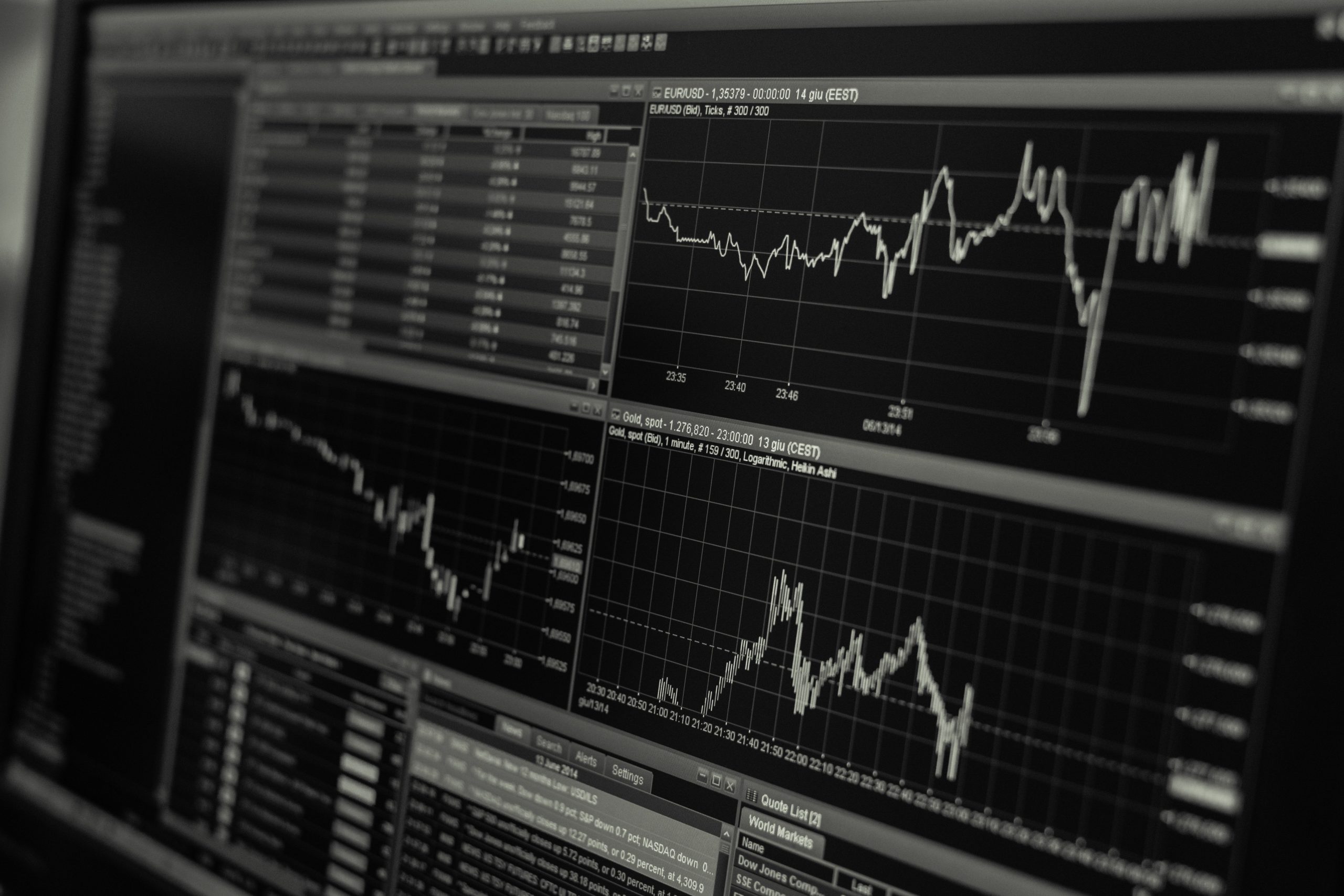Abercrombie & Fitch shares plunge 17% as CEO warns of ‘increasingly uncertain environment’ ahead


Abercrombie & Fitch shares plunged 17% Wednesday after its CEO warned of an “increasingly uncertain environment” ahead — the company’s first mention of a cautious consumer sentiment in four quarters.
The sell-off came despite the company raising its annual sales target after reporting better-than-expected quarterly revenue, but investors expected a bigger forecast bump from the high-flying retailer.
CEO Fran Horowitz had cautioned that Abercrombie & Fitch might see growth falter in the second half of the year.
Although we continue to operate in an increasingly uncertain environment, we remain steadfast in executing our global playbook and maintaining discipline over inventory and expenses, Horowitz said.
“Abercrombie & Fitchs meteoric rise in the past had to do with its gross profit margins increasing due to lower supply chain costs and higher unit retail prices,” retail analyst Hitha Herzog told The Post.
“Lowering operating margins infers to investors [that] gross profit margins might take a hit because of rising inflation and increase freight costs. Information like this will inevitably spook investors in the short term,” she said.
Abercrombie’s revenue spiked 21% during the second quarter an outlier of retail success during a period of low spending amid high prices.
The New Albany, Ohio-based apparel company’s sales gain mirrored 16% growth in the same period last year to continue a remarkable rebound over the past year.
It rebranded itself toward Gen Z and millennial women with plain stores selling neutrals and work attire away from its years of selling trendy teen clothing in dim stores that smelled of cologne.
Abercrombies meteoric rise in the past two years had to do in part with a successful rebrand that all but abandoned aspirational youth culture,” Herzog, chief retail analyst at H Squared Research and part time faculty at Parsons School of Design, told The Post. “It targeted an older millennial demographic by offering a larger product mix — basics for work and everyday — at accessible price points.”
Herzog said Abercrombie also pivoted to focus more on digital sales and less on its brick and mortar — hopping on a post-pandemic consumer shift.
Its shares are up 53.9% so far this year and 182.8% since a year ago.
Subscribe to our daily Business Report newsletter!
Please provide a valid email address.
By clicking above you agree to the Terms of Use and Privacy Policy.
Never miss a story.
The retailer reported earnings per share of $2.50, above LSEG analysts expectations of $2.22. Its earnings grew from $1.10 per share a year ago.
Abercrombie reported revenue of $1.13 billion, beating LSEG analysts estimates of $1.10 billion.
Same-store sales spiked 18% as the retailer saw a healthy summer and back-to-school shopping season.
Abercrombie predicted sales will grow by a low double-digit percentage in the current quarter above the 8.9% jump LSEG analysts expected.
Abercrombie raised its full-year sales outlook from 10% growth to between 12% and 13% growth, which falls in line with LSEG analysts estimates of 12% growth.
The retailers fiscal 2024 will have one less week compared to its fiscal 2023, which is probably hampering its full-year guidance.
The one-week loss is expected to cost its holiday quarter $80 million and its full-year sales $50 million.
As Abercrombie store sales abound, the retailer has turned its focus on its flailing Hollister stores.
The company hopes to achieve the same successful rebrand with Abercrombies sister brand Hollister, which has historically been a California, surf-style retail chain.
The company has been trying to market Hollister toward the high-spending teens and preteens of today after it pushed Abercrombie toward older Gen Z and millennials.
Hollister second-quarter sales spiked 17% and comparable sales grew 15%. Hollister sales also climbed 16% abroad in its Europe, Middle East and Africa division.
Abercrombies move to expand the brand internationally cost it big in the past, so now the company is instead trying to expand its audience.
It announced a partnership with childrens wear manufacturer Haddad Brands earlier this month.
The company plans to grow its Abercrombie Kids brand originally marketed toward children aged 7 and up to include infant and toddler lines.